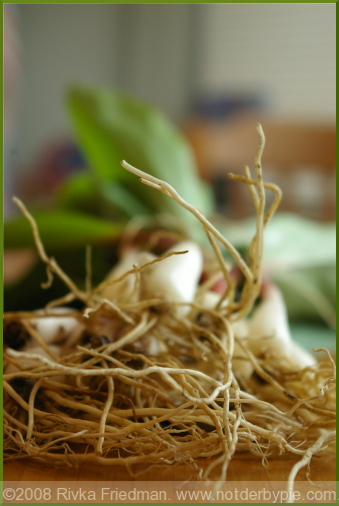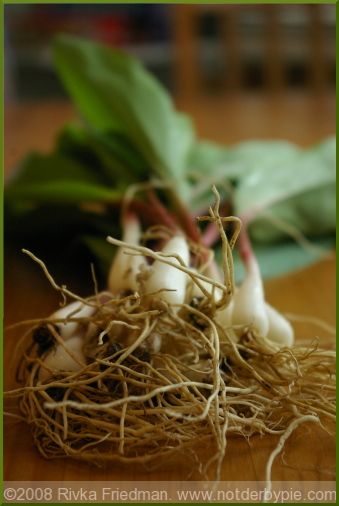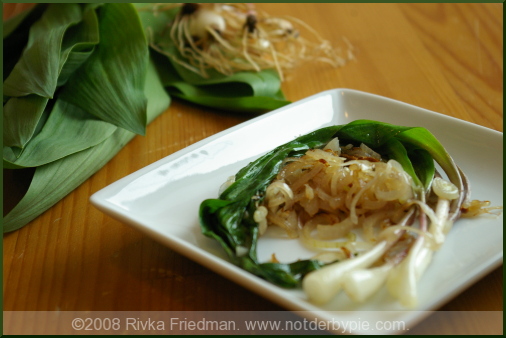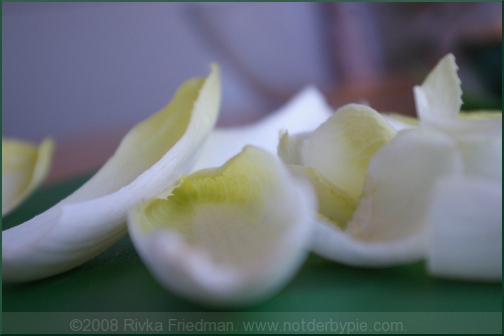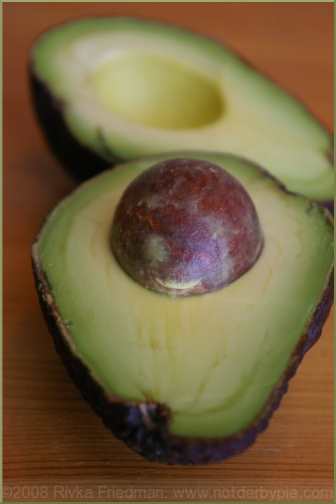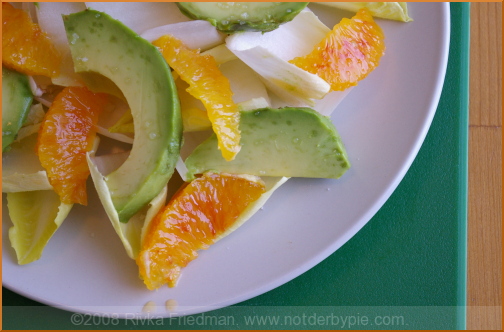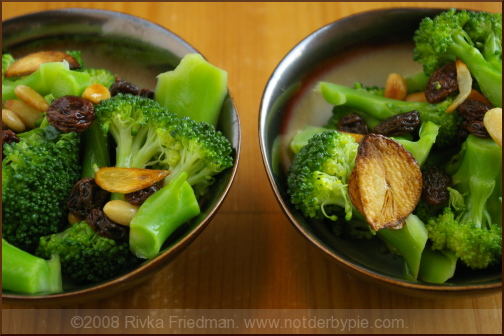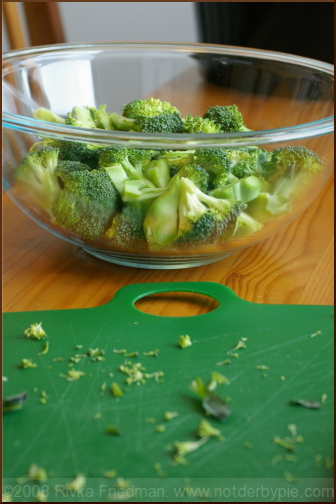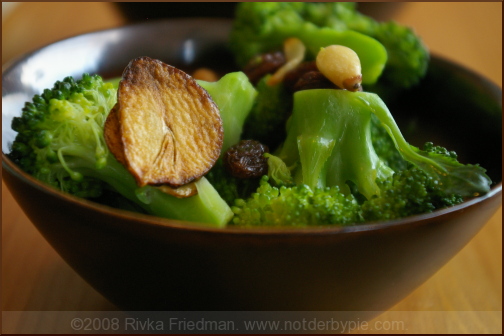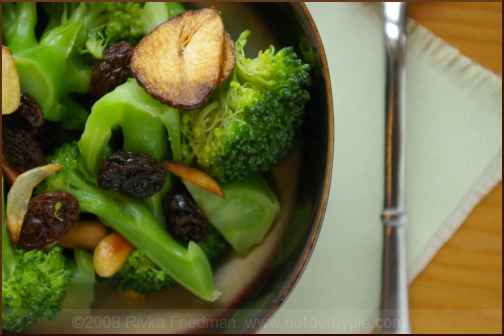*correction appended
When it comes to bread, I'm a firm believer in the homemade variety. There's something so therapeutic about the process: in making bread, you create a dough from the humblest of ingredients. Using nothing more than your hands, you establish a complex web of gluten that gives the dough structure and texture; and with some patience, perhaps also a book to pass the hours, you give that dough the time it needs to grow in size and flavor. I'm no stranger to intense kneading and endless rises -- I think I've proven my willingness to hold out for a good loaf.
Good bread has always required a good knead and a good rise; not anymore. Jim Lahey, the genius baker behind Sullivan Street Bakery, developed a recipe for a crusty, flavorful loaf that requires no kneading whatsoever. The secret? Time, and lots of it. Oh yea, and almost no yeast.
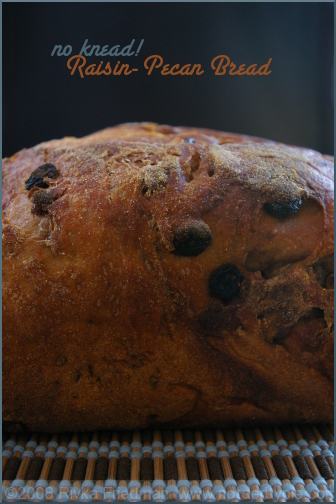
Ever since Mark Bittman, aka the Minimalist, brought No-knead bread into the national spotlight last year, it has been blogged and baked many, many times over. Mix flour, water, the smallest little bit of yeast. Mix. Wait. Bake. Eat. Hard? I didn't think so. Here's why this seemingly odd recipe works (and works so well):
Typical bread recipes have at least a tsp, usually more, of yeast for the same amount of flour as this recipe lists. Their rising times, however, are far shorter; in other words, a lot of yeast has a couple hours to grow a dough. In Lahey's recipe, the dough has just a 1/4 tsp of yeast, but that yeast has a full 18 hours to work. In that time, not only does the yeast prime the dough for a doubling in size, it also ferments the dough, giving it a complex flavor not usually found in breads with shorter rising times. In those first 18 hours, the dough develops flavor; after that rise, you shape the dough (in just a few seconds) and allow it to sit again for a couple hours, during which it will double in size. The instructions are specific, but not at all complicated.
The last wonderful thing I'll mention is that you can add to the dough anything you'd like. Raisins and pecans were a fine choice; the tartness of the raisins and earthy butteriness of the pecans complimented the dough's fermented flavor. Some other flavoring possibilities:
- cheddar and jalapeno peppers
- caraway seeds
- herbs and goat cheese
- honey and cinnamon
- gosh, lots lots more!
You should add any extra ingredients when you're first mixing the dough, as they're easier to incorporate that way. I added 2/3 cup of each, but any amount will do, depending on how loaded you like your loaf.
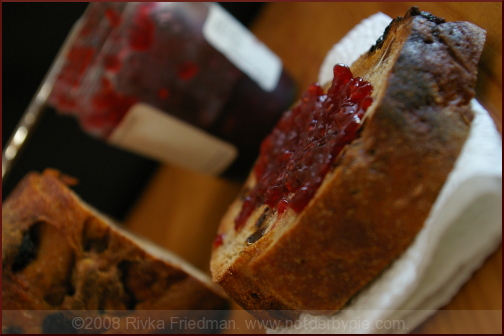
Clearly, I need not plug this bread. Its publicity in the blogosphere and in kitchens everywhere speaks for itself. But in case you've managed to avoid hearing about it until now (which is almost impossible as I doubt my blog would be the first you'd find), do make it. The resulting loaf is truly unparalleled.
No-Knead Bread
Adapted from Jim Lahey
Time: About 1 1/2 hours plus 14 to 20 hours' rising
3 cups all-purpose or bread flour, more for dusting
1/4 teaspoon instant yeast
1 1/4 teaspoons salt
Cornmeal or wheat bran as needed.
1. In a large bowl combine flour, yeast and salt. Add 1 5/8 cups water, and stir until blended; dough will be shaggy and sticky. Cover bowl with plastic wrap. Let dough rest at least 12 hours, preferably about 18, at warm room temperature, about 70 degrees.
2. Dough is ready when its surface is dotted with bubbles. Lightly flour a work surface and place dough on it; sprinkle it with a little more flour and fold it over on itself once or twice. Cover loosely with plastic wrap and let rest about 15 minutes.
3. Using just enough flour to keep dough from sticking to work surface or to your fingers, gently and quickly shape dough into a ball. Generously coat a cotton towel (not terry cloth) with flour, wheat bran or cornmeal; put dough seam side down on towel and dust with more flour, bran or cornmeal. Cover with another cotton towel and let rise for about 2 hours. When it is ready, dough will be more than double in size and will not readily spring back when poked with a finger.
4. At least a half-hour before dough is ready, heat oven to 450 degrees. Put a 6- to 8-quart heavy covered pot (cast iron, enamel, Pyrex or ceramic) in oven as it heats. When dough is ready, carefully remove pot from oven. Slide your hand under towel and turn dough over into pot, seam side up; it may look like a mess, but that is O.K. Shake pan once or twice if dough is unevenly distributed; it will straighten out as it bakes. Cover with lid and bake 30 minutes, then remove lid and bake another 15 to 30 minutes, until loaf is beautifully browned. Cool on a rack.
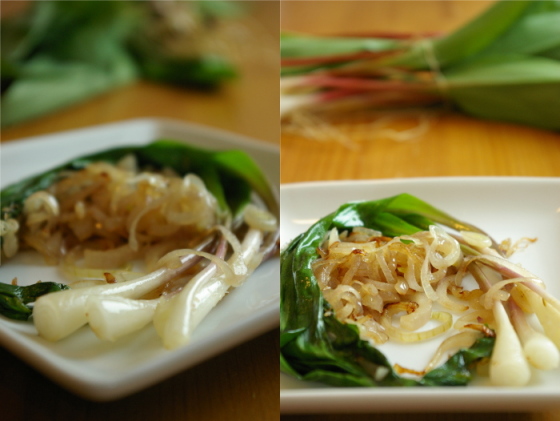 Nothing announces the end of gloomy winter and the coming of bright, bloomy Spring like ramps. Ramps resemble baby leeks, and taste like a cross between garlic and onion, only less pungent, more delicate green. Unlike leeks, ramps' green stalks are soft and
Nothing announces the end of gloomy winter and the coming of bright, bloomy Spring like ramps. Ramps resemble baby leeks, and taste like a cross between garlic and onion, only less pungent, more delicate green. Unlike leeks, ramps' green stalks are soft and 